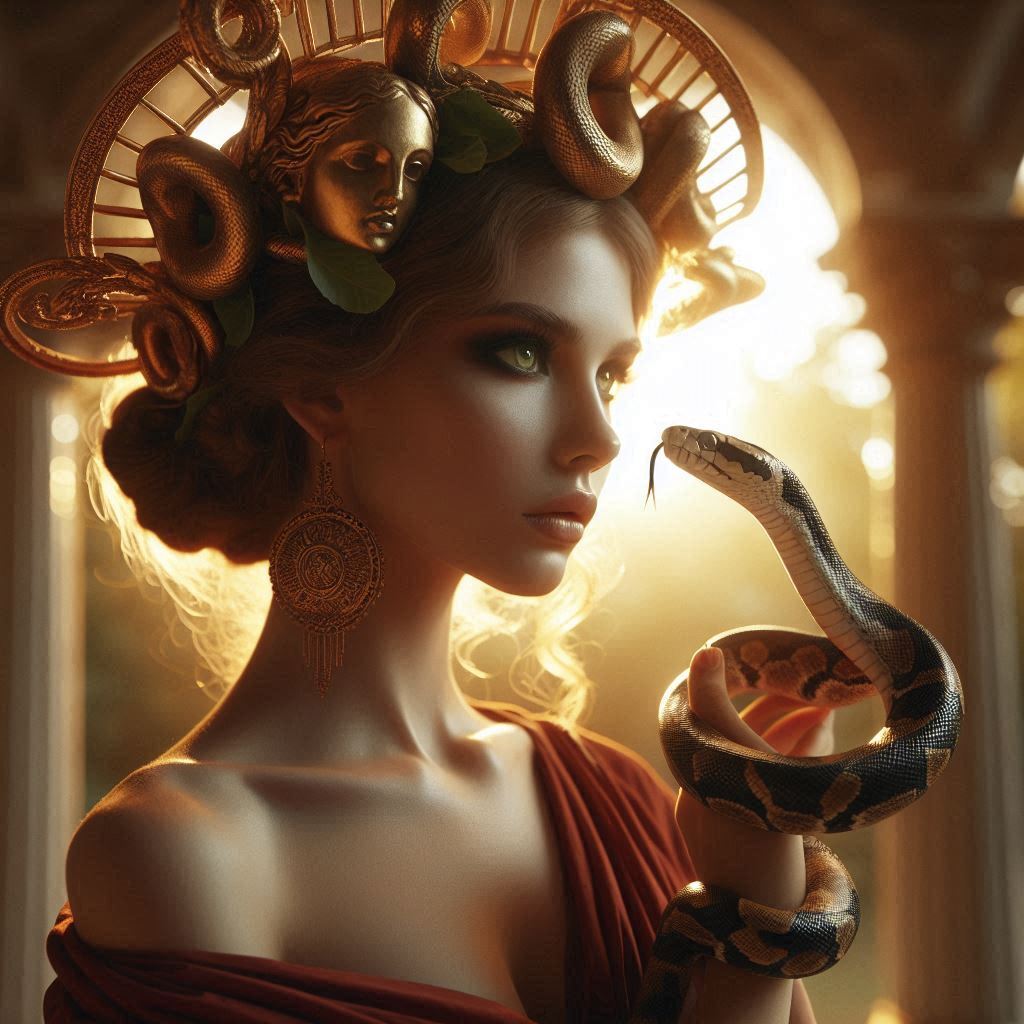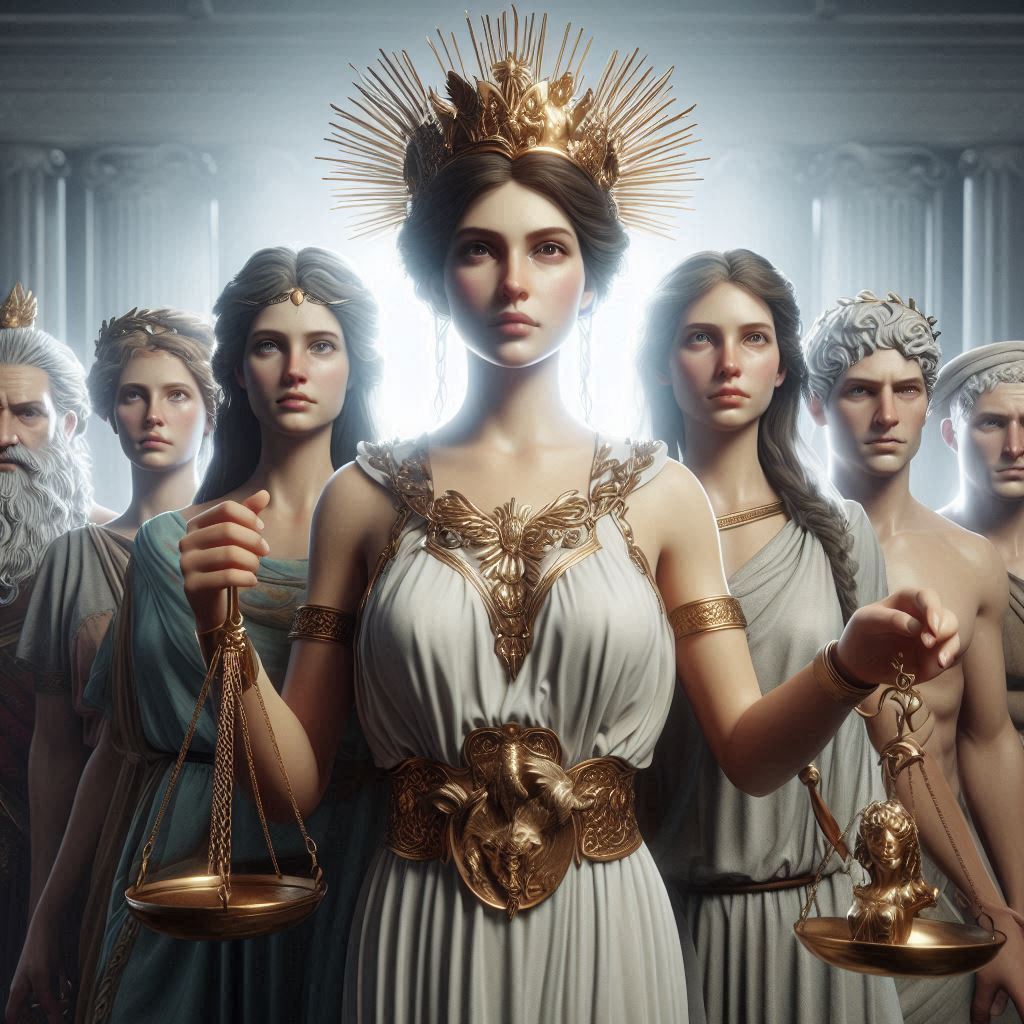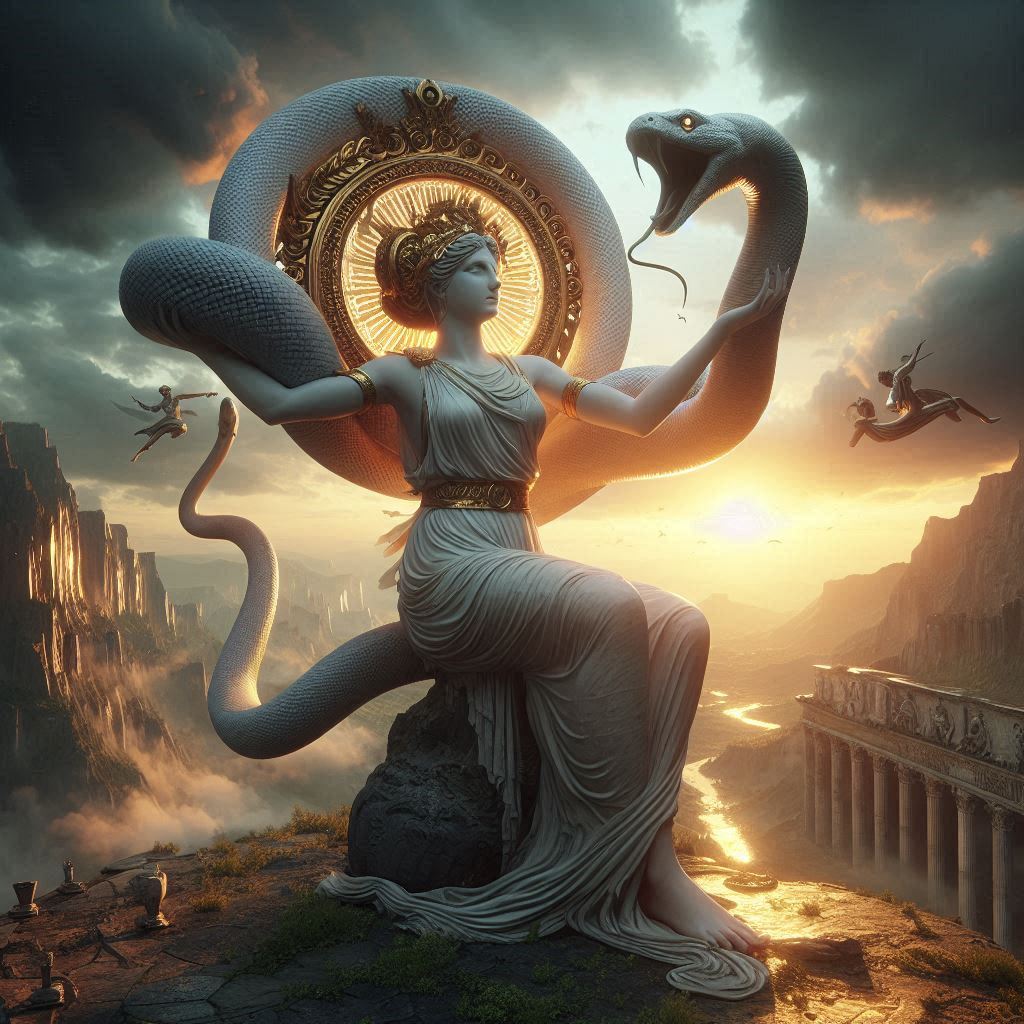Table of Contents
What is Dreamtime? Australia’s Indigenous peoples possess one of the world’s oldest and most continuous cultures, where mythology forms the backbone of communal identity, spirituality, and social laws. The Indigenous mythologies of Australia do not merely serve as stories; they are lived traditions embedded in an oral history that has persisted for tens of thousands of years. This essay explores Australian origination mythology, often referred to as the Dreamtime or Dreaming, examining its symbolic importance, the portrayal of human and non-human relationships, and the moral framework it establishes for Indigenous Australian societies.

Dreamtime: The Foundation of Existence
The Dreamtime, or Dreaming, represents the central concept of Indigenous Australian mythological traditions, serving as both a time in the distant past and an ongoing spiritual reality. The Dreamtime encompasses the creation period when ancestral spirits shaped the land, people, animals, and laws that govern existence. This conception of time differs fundamentally from Western linear perceptions; rather, Dreamtime is seen as a circular and timeless state, continually accessible through ritual, storytelling, and memory. The term “Dreaming” applies differently among the diverse language groups and communities, each with unique Dreaming narratives that connect specific places, people, and elements of the natural environment.
Ancestral spirits, such as the Rainbow Serpent—a recurring figure in many Indigenous Australian cultures—carved rivers, mountains, and other natural features, which became markers of the sacred landscape. As these ancestral beings moved across the land, they left physical evidence of their journeys, linking the land itself to a cosmological order. According to many Indigenous Australians, these beings’ powers and personalities remain present, governing the natural and social order.
Symbolic Importance of Animals and the Natural World
Animals and nature play integral roles in Dreaming narratives, often representing the continuity of creation and the interdependence between all life forms. Animals are frequently depicted not only as symbols but also as ancestors or guides. For instance, certain totems in Aboriginal cultures, like the kangaroo or emu, embody specific qualities valued by the community, such as courage or resilience. Indigenous Australians often avoid hunting their totem animals out of respect for these ancestral relationships, which they see as essential for maintaining cosmic balance.
The Rainbow Serpent, one of the most prominent figures, illustrates the sacredness of water as it travels through different communities’ stories, transforming itself to shape rivers, lakes, and valleys. This myth conveys water’s vital importance for sustaining life in Australia’s often harsh environment. In this way, Dreaming stories act as educational tools, teaching respect for nature’s resources and the environment. Many Indigenous Australians believe that failing to honor these ancestral spirits and the land could disrupt this harmony, leading to environmental disasters or social discord.
Social and Moral Lessons
Australian origination myths are imbued with social and ethical lessons that instruct individuals on community values, behaviors, and the consequences of moral transgressions. In traditional societies, the Dreaming functions as a system of law known as “the Law,” encompassing regulations on marriage, clan relationships, property rights, and even etiquette. This Law is non-negotiable and holds a universal truth that governs not only individuals but also the broader natural world.
Through Dreaming stories, Indigenous people convey the importance of virtues like respect, patience, and cooperation. For example, the tale of Tiddalik the Frog, who drinks all the water in the land until there is none left, serves as a moral fable against greed. The other animals band together to make Tiddalik laugh, causing him to release the water and restore the land’s fertility. This story warns against hoarding resources and reinforces the communal ethic of sharing essential for survival, especially in Australia’s resource-scarce environments.
Rituals and Ceremonies: Sustaining the Dreaming
Indigenous Australian communities maintain their connection to the Dreaming through rituals, art, and songlines. Songlines, or dreaming tracks, are routes across the landscape that follow the journeys of ancestral spirits. Each clan or group holds the responsibility of preserving specific parts of these narratives, passed down through generations via oral tradition. By singing or dancing along these paths, Indigenous people reaffirm their stewardship over the land and their kinship with the spirits who shaped it.
Rituals surrounding birth, initiation, marriage, and death are particularly significant, often involving storytelling, dance, and music that allow participants to experience Dreamtime realities. These ceremonies provide continuity and cohesion within Indigenous groups and reaffirm each generation’s role in perpetuating the Dreaming, ensuring that it remains alive in the present.
Art as a Medium of Mythology
Australian Indigenous art, often highly symbolic, acts as a bridge to the Dreamtime. Traditional art forms include rock paintings, body art, and more recently, canvas paintings in the dot or cross-hatching styles. The art is not purely decorative; rather, it maps out sacred sites, hunting grounds, and water sources, as well as symbolizing the journeys of the ancestors. In creating such artworks, Indigenous Australians engage with their spiritual heritage and reaffirm their identity, land rights, and place within the cosmos. The practice of dot painting in the Central Desert is an example of this; while some designs remain hidden to outsiders, the patterns often signify pathways, waterholes, and meeting places, preserving cultural and historical knowledge.
Preservation and Challenges in Modern Times
Today, Australian origination mythology faces various challenges due to cultural assimilation, land dispossession, and the fragmentation of traditional communities. The arrival of European settlers significantly disrupted Indigenous Australian societies, and policies like the forced removal of children during the Stolen Generations have had lasting impacts on cultural continuity. Nonetheless, many Indigenous communities have demonstrated resilience and determination to maintain their traditions, blending elements of their cultural heritage with modern forms of expression.
Australian origination mythology remains central to Indigenous identity and activism, especially in struggles for land rights and recognition of sacred sites. Initiatives to include Indigenous perspectives in educational curricula, public commemorations, and museum exhibitions are essential in bridging the knowledge gap and fostering a broader understanding of this ancient heritage.
Conclusion
The origination mythology of Indigenous Australians provides a profound insight into a worldview rooted in respect for the land, communal living, and a continuous connection to ancestral spirits. These stories not only reveal cosmological and metaphysical beliefs but also serve practical purposes, offering guidance for ethical living, ecological conservation, and social cohesion. As Australia grapples with issues of reconciliation and cultural preservation, the myths and spiritual practices of the Dreamtime stand as a testament to the resilience of Indigenous culture and its timeless relevance. Through understanding and respecting these origination myths, modern Australians and the world at large may gain a deeper appreciation of this rich and enduring cultural legacy.


No responses yet